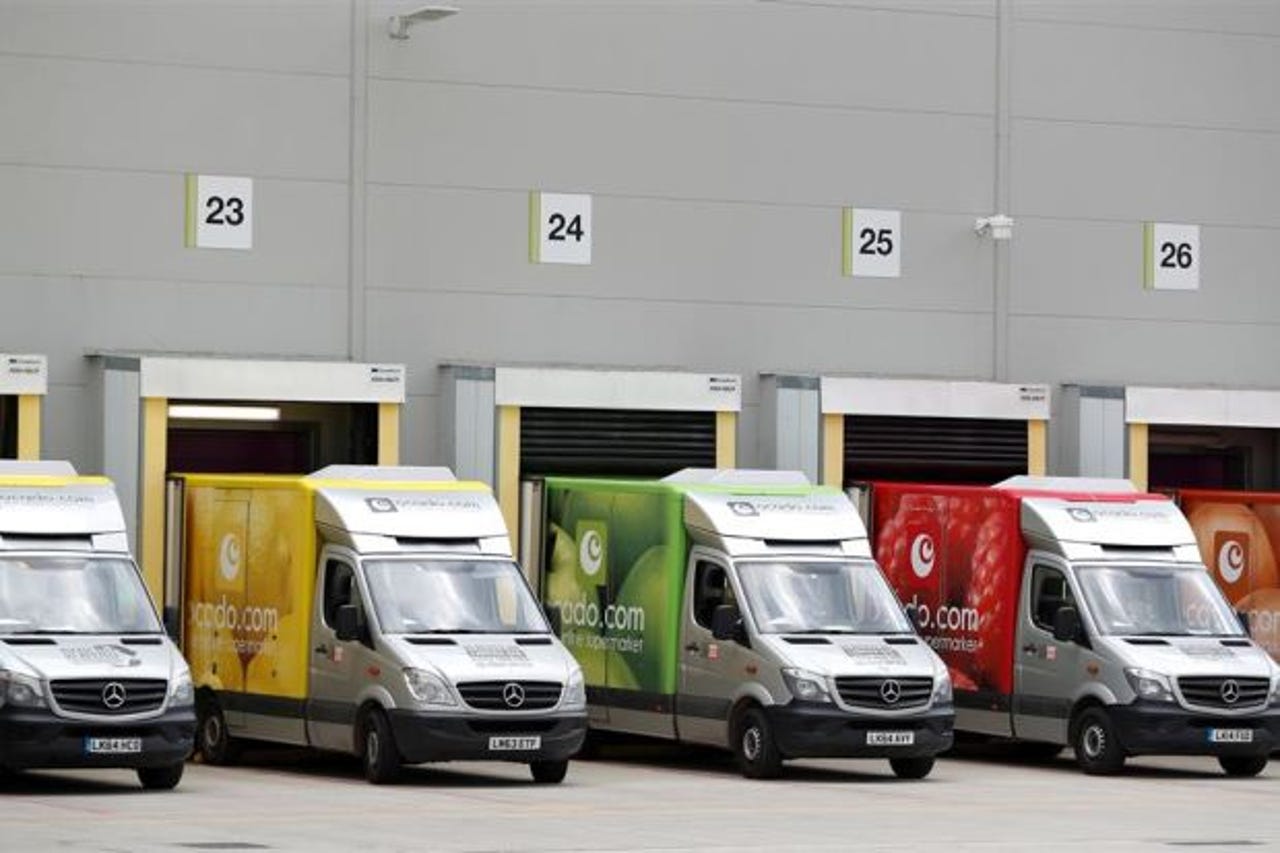Groceries in an hour? Massive Ocado-Kroger partnership could miss the mark


Last month, British online grocery service Ocado signed a deal to become the exclusive fulfiller for U.S. supermarket giant Kroger.
Ocado's stock soared 44 percent on the announcement as analysts heralded the arrival of the online grocery wars.
But delivering groceries both quickly and reliably at an attractive price point is proving to be something of a logistical white whale, even for Ocado. And despite its "Amazon-like valuation," the company's success in North America is far from assured.
Unsurprisingly, it's Amazon that currently leads the U.S. grocery-on-demand market, which is expected to be worth $100 billion overall by 2025, a growing chunk of the $641 billion grocery sector.
Bolstered by its recent acquisition of Whole Foods and deep investment in logistics automation, the Bezos-led company has been deploying a familiar strategy: gathering market share by offering exceptionally fast delivery at a low price.
That's forced U.S. competitors to catch up. Instacart and Shipt are now servicing hour deliveries in some markets. A recent e-marketer study shows U.S. consumers care more about the speed of groceries than any other industry.
But even Amazon, with its famous indifference to short-term profitability and state-of-the-art logistics, has stumbled in the online grocery game.
In November of last year, Amazon Fresh customers in nine states received notices that Amazon was suspending its service. Even for the smiling giant, the numbers just weren't panning out.
"Grocery e-commerce is about as complex as any fulfilment operation gets," Ran Peled, VP of CommonSense Robotics, an Ocado competitor, told me by email. "There are multiple temperature zones to take into account, ambient, chilled and frozen being just three of them. Perishable goods, items that require special care, butchery, made-to-order items, and that's just the beginning."
Ocado has tackled those challenges by slowing things down. Its UK operation offers next day delivery, which allows fulfillment employees to work on a manageable-enough timescale to reduce errors and spoilage.
It's not clear if that approach will translate to a U.S. market where speed is king.
CommonSense Robotics is trying another tack. The company contracts with grocers to provide third-party on-demand services via its small, in-city distribution centers, which are staffed by a mix of humans and robots.
"The speed of delivery comes down to three things: automation, small spaces, and being close to the end-customer," says Peled.
The micro approach is decidedly un-Amazon, and that may be its strength. "Our solution is a goods to person robotic site," says Peled, "meaning robots bring items to stationary people."
Though CommonSense's micro fulfillment centers don't pack the diversity of items of an Amazon warehouse or an Ocado distribution center, the small size of the centers vastly improves the speed of fulfillment and is better tuned to the current capabilities of logistics automation, a sector very much in flux.
Ocado is building out its own robotic fulfillment infrastructure, but its large scale operations philosophy, which is built around massive regional warehouses, could be an achilles heel in the U.S. market, at least until the robots get a little better.
The next couple years will be very interesting in the space as competitors like CommonSense try to confront Ocado's scale and funding advantage with clever, smaller-scale deployments of automation technology.